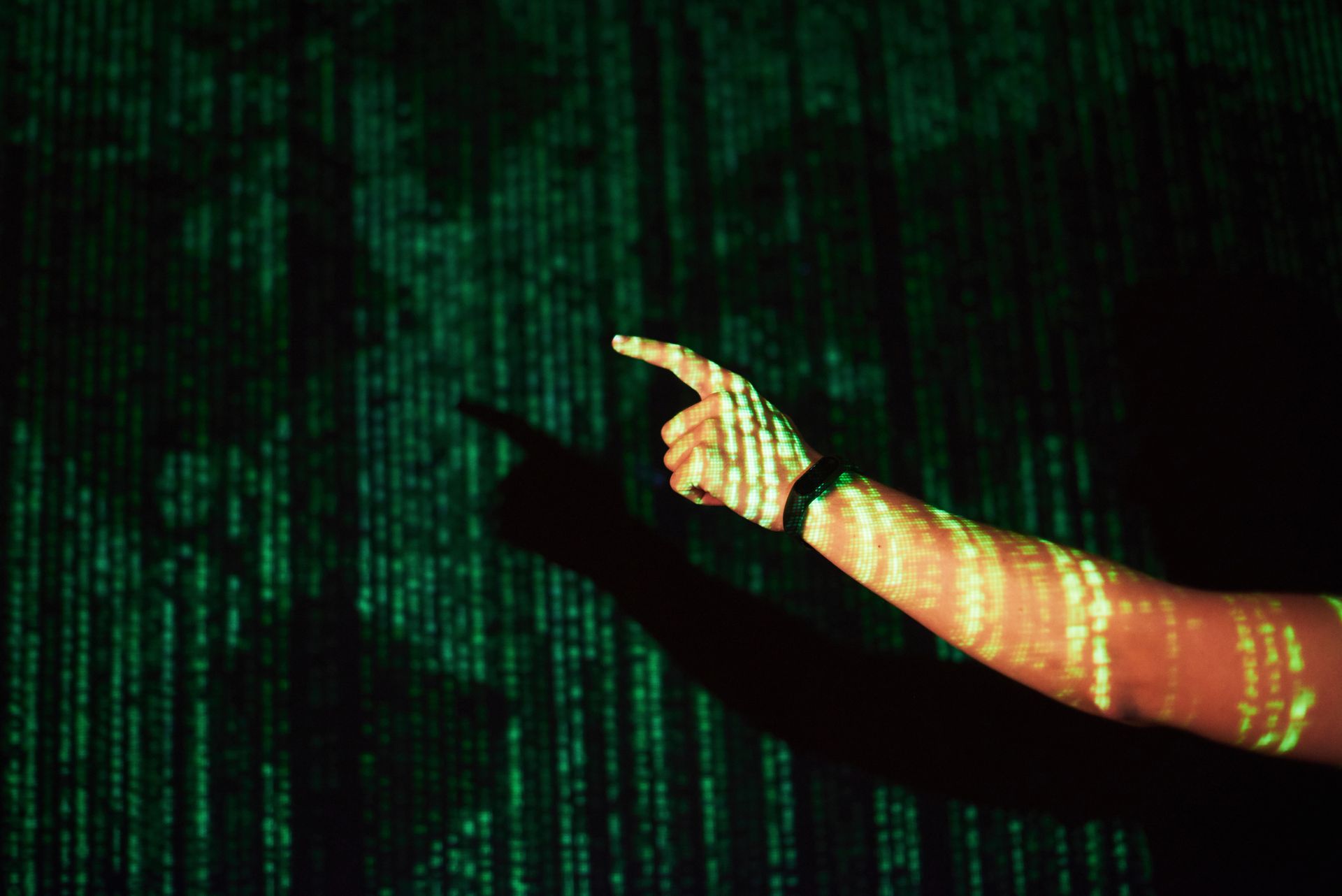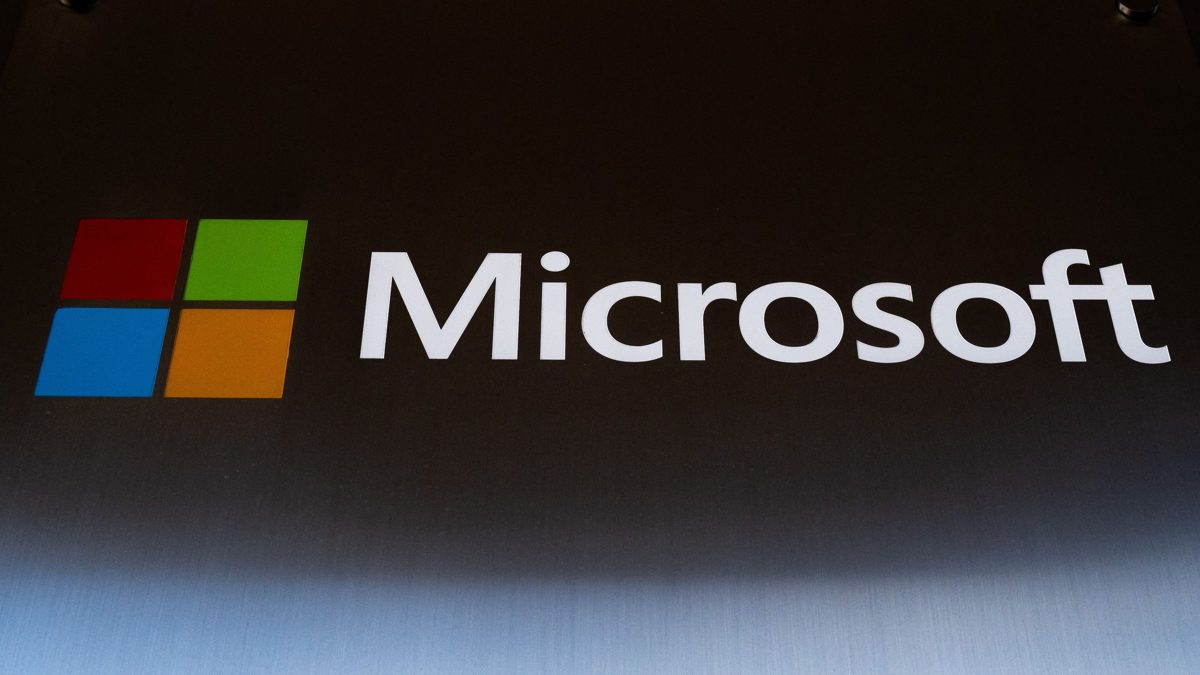What Is Hashing? How Does Hash Key Work And Salting Helps It?
Safeguarding your data and personal information has never been more important than today and hashing is a widely used method that acts as a guardian for our passwords and other types of sensitive information.
Hashing is a crucial element in modern cybersecurity, quietly safeguarding sensitive data and ensuring the integrity of digital information. At its core, hashing is a process that takes an input, referred to as a ‘key,’ and transforms it into a fixed-length string of characters known as a ”hash.” What makes hashing indispensable is its ability to provide a unique digital signature for data, allowing any alterations to be quickly detected.
The fundamental concept behind hashing revolves around the use of a mathematical algorithm called a hash function. This algorithm is designed to meet specific criteria: it must produce a consistent output length, be deterministic, efficient, exhibit the avalanche effect, and possess preimage resistance. These criteria ensure the reliability and security of the hash.
Let us go through why is hashing so important in today’s cybersecurity and how it is implemented in various fields.

What is hashing?
Hashing is a process that takes an input, often referred to as a ‘key,’ and transforms it into a fixed-length string of characters, known as a ”hash”. This hash is typically much shorter than the original input. The core components of hashing include:
- Hash function: At the heart of hashing is the hash function, which is an algorithm responsible for performing the transformation. A good hash function should meet specific criteria:
- It should take an input of any size and produce a fixed-length output (e.g., 256 bits).
- It should be deterministic, meaning the same input will always yield the same hash.
- It should be quick to compute.
- Uniqueness: Ideally, different inputs should produce unique hashes. While it’s theoretically possible for two different inputs to yield the same hash (a collision), modern hash functions are designed to minimize this occurrence
- Irreversibility: Hashing is a one-way process, meaning you cannot reverse a…




